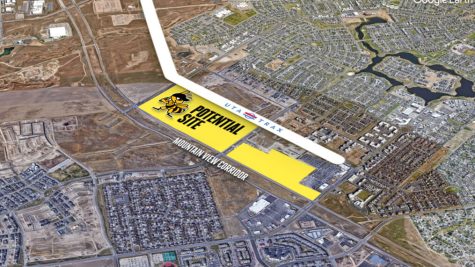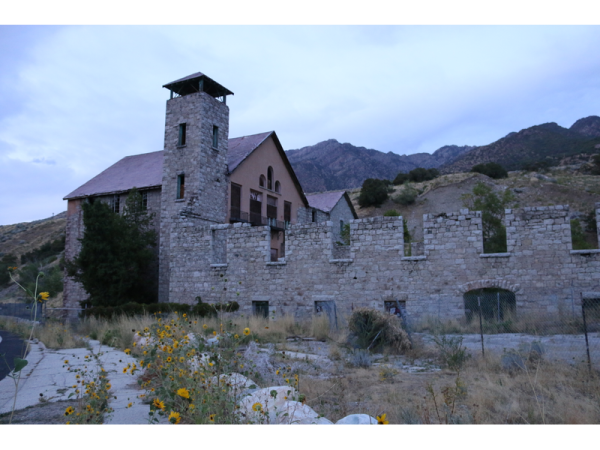President-elect Donald Trump’s 100 day plan
After winning the popular vote in 30 states and one of Maine’s two congressional districts, President-elect Donald Trump has revealed some of his big plans for his first hundred days in office. He laid out a formal plan, “Donald J. Trump Contract With The American Voter,” in an October policy speech at Gettysburg, Pennsylvania. His plan contains two main areas of focus: To clean up the corruption and special interest collusion in Washington, D.C and to take actions to protect American workers. To “drain the swamp,” Trump plans to adopt a Constitutional Amendment that will add term limits to members of Congress, a move not generally popular with the Republican congressional leadership. It could be very tough for him to get a two-thirds majority in Congress to pass this amendment, and three-quarters of state legislatures would still need to ratify it for it to become law. He also plans to reduce the federal workforce by not hiring any nonessential employees and reduce regulations. These actions are popular among many conservatives and moderates who argue the federal government has too much power and needs to be reined in. The plan also calls for lobbyists and special interest groups to have reduced power in Congress and the Trump administration. To help the working class, President-elect Trump intends to renegotiate or depart from free trade agreements with other nations, such as the North American Free Trade Agreement and the Trans-Pacific Partnership. These measures have widespread support among Trump’s base and manufacturing workers in the Rust Belt, but the political establishment in Washington has been making and supporting free trade agreements for many years and many of them may be reluctant to let go of these negotiations. He has big plans to revive America’s struggling natural resources industry by lifting restrictions on domestic energy production and invest heavily in energy infrastructure such as the Keystone XL pipeline. Many environmentalists oppose this provision because it could greatly worsen climate change while supporters argue that it could provide relief to struggling rural economies traditionally dependent upon energy, such as the Uintah Basin in Eastern Utah.
His agenda also proposes a number of things that he hopes will help working American families prosper. He wants to simplify the tax code and has proposed across-the-board tax cuts, including a 35 percent tax cut for the middle-class and a 57 percent tax cut on corporations. He plans to invest heavily in infrastructure and impose tariffs on companies that have sent American jobs to other countries, moves that many Democrats like Bernie Sanders are anxious to push through Congress. He has also suggested making childcare and eldercare tax-deductible. Other notable proposals in the plan include repealing and replacing the Affordable Care Act, introducing extreme vetting measures to make sure terrorists have not infiltrated the Syrian refugee population, building a full wall on the southern border funded by Mexico, and quickly deporting roughly two million illegal immigrants who have felony convictions.


















